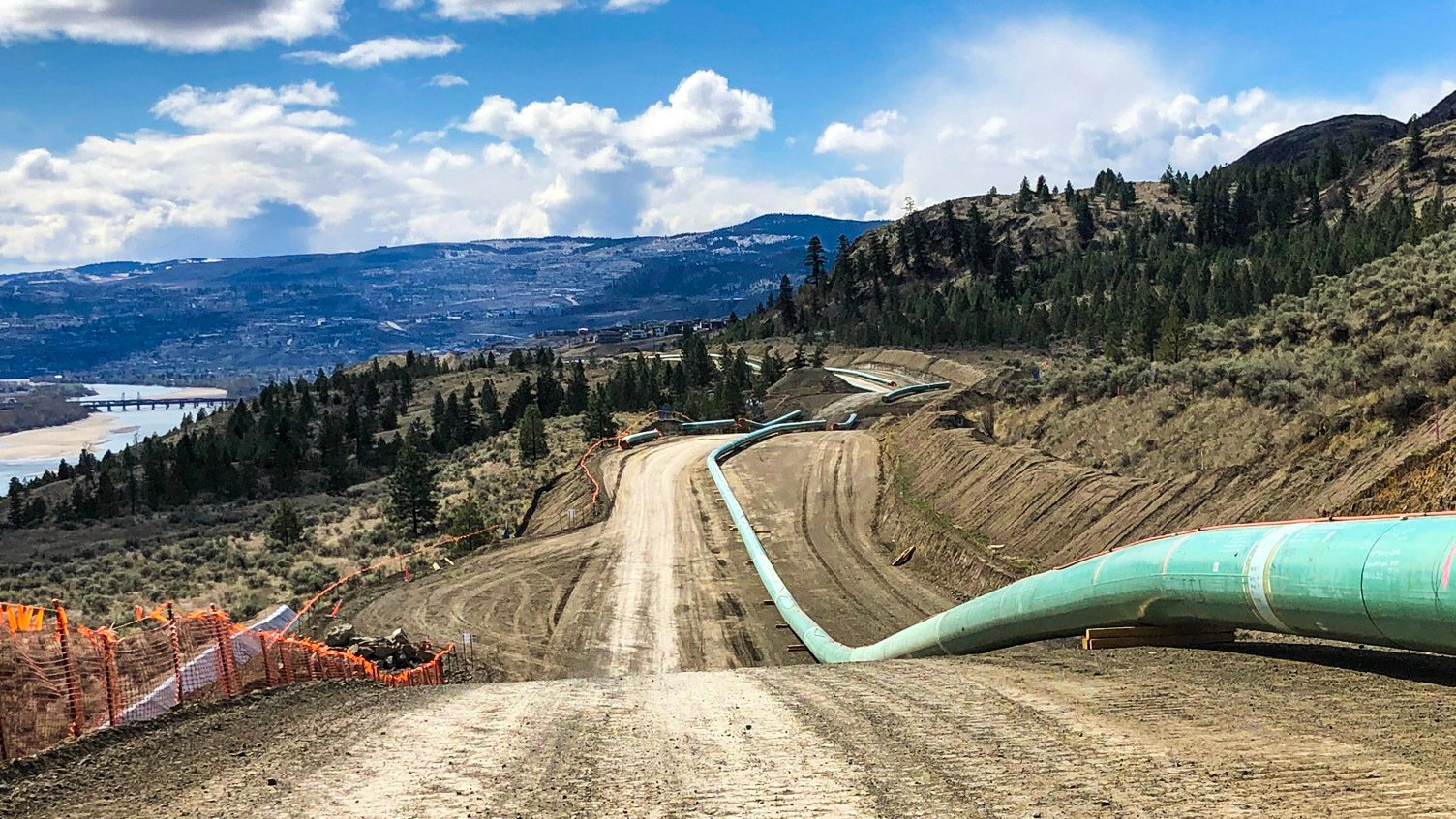Oil & Gas
CANADIAN OIL LOOKING FOR ALTERNATIVE WAYS TO EXPORT AWAY FROM AMERICA.
Irene Jerry

Canada's oil industry is exploring new shipping routes to lessen its dependence on the United States following threats from U.S. President Donald Trump to impose tariffs on Canadian energy imports. This threat has emphasized the vulnerability of Canada's reliance on the U.S. as its primary oil customer, sparking the need to diversify export markets, especially in Asia.
The success of the C$34 billion ($24 billion) Trans Mountain pipeline expansion has encouraged Canada to focus on reducing its reliance on the U.S. and increasing its influence in the global oil market. The expansion has fueled optimism, as it has allowed for the transport of Canadian oil to markets in Asia, such as China and Japan, marking a significant shift from the long-standing tradition of exporting to the U.S.
Canada's oil sector has long sought new pipeline routes, both within the country and to the U.S., but environmental and indigenous opposition, as well as governmental delays, have stalled progress. However, in the wake of growing tensions with the U.S., there is renewed momentum for reviving previously stalled pipeline projects like Energy East and Northern Gateway.
The Energy East pipeline was proposed to convert an existing natural gas pipeline to transport oil from Alberta and Saskatchewan to refineries in eastern Canada, avoiding U.S. transport routes. Similarly, the Northern Gateway project, aimed at transporting oil to a Pacific port in British Columbia, was halted due to opposition from environmentalists and indigenous communities.
Despite these challenges, industry leaders are pushing for accelerated construction of these projects, which they view as crucial to Canada's energy security and global standing.
